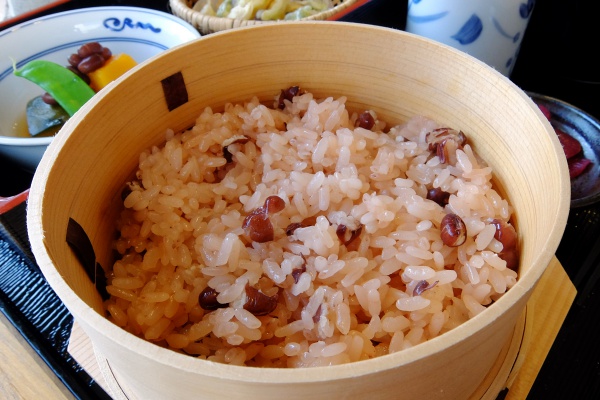Facts About Sekihan
Red bean rice is a cherished dish in both Korea and Japan, where it is known as patbap and sekihan, respectively. Let's delve into how each country uniquely prepares and enjoys this special meal.
Sekihan: Japan’s Festive Delight
In Japan, sekihan is a traditional dish made by steaming glutinous rice with adzuki beans, which imparts a beautiful reddish hue to the rice. This dish is often served during significant celebrations such as birthdays, weddings, and holidays, as the red color symbolizes happiness and good fortune.
Sekihan is typically enjoyed with gomashio, a savory mixture of toasted sesame seeds and salt. Regional variations abound; for instance, some areas add sugar for a hint of sweetness, while others might substitute adzuki beans with ingredients like amanattō (sweetened adzuki beans) or black cowpea beans.
Patbap: Korea’s Winter Comfort Food
In Korea, patbap is a beloved dish, especially during the winter months and on special occasions like holidays and birthdays. Made with non-glutinous short-grain white rice and adzuki beans, patbap is prepared by mixing pre-cooked adzuki beans with soaked white rice before boiling them together.
There are several variations of patbap. Some recipes use fresh adzuki beans or husked beans, while others combine adzuki beans with barley or corn for added texture and flavor. Patbap is particularly popular in the Pyongan Province of Korea, where adzuki beans are abundant.
A Shared Cultural Significance
Both sekihan and patbap are more than just delightful dishes; they hold deep cultural significance in Japan and Korea. Enjoyed during celebratory moments, these dishes symbolize happiness, prosperity, and tradition. Whether you're savoring sekihan with gomashio or indulging in a warm bowl of patbap, you're partaking in a rich culinary heritage that has been cherished for generations.
